Procol • February 24, 2025
A Guide to Cost Saving and Cost Reduction Strategies in Procurement
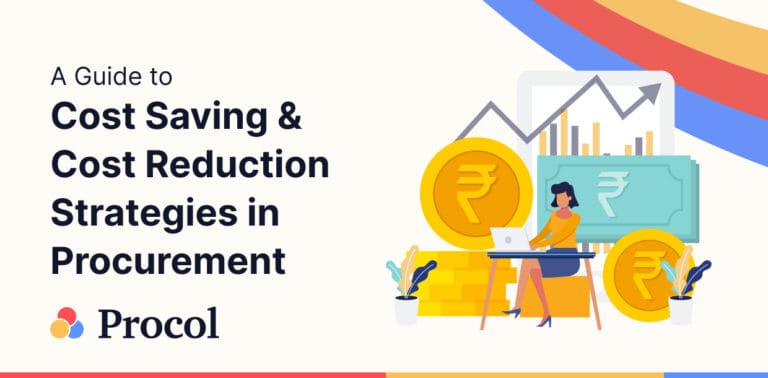
Businesses are now making cost-saving strategies in procurement a top priority. Managing procurement costs is crucial, as they are key performance indicators for organizational success. Businesses often need help finding effective procurement strategies to reduce costs and increase savings.
Procurement costs offer a clear way to measure the performance of the procurement process and the overall business. To implement cost reduction effectively, it’s important to understand the types and components of procurement costs and why these expenses occur.
This blog covers essential information about cost-saving strategies in procurement and actions to implement in your company to avoid overspending.
Procurement Cost Savings Definition
Procurement cost savings are about cutting company expenses across the whole buying process. It’s more than just looking for the lowest prices; it’s about improving the entire system while maintaining high product and service quality. Good procurement cost-saving plans include making workflows smoother to boost productivity, building stronger ties with suppliers to get better deals, and setting up strong systems to stop unauthorized spending. These steps, along with using data to make choices and always trying to improve, help companies lower overall costs, get more value and see long-term money benefits in their buying operations.
Key aspects include:
- Negotiating favorable terms with suppliers
- Optimizing inventory management
- Automating manual tasks to reduce labor costs
- Leveraging technology to avoid unnecessary expenses
What are Realized Cost Savings?
Procurement and finance view “cost savings” differently. Finance focuses on “hard savings” by reducing existing costs. Procurement seeks “soft savings” through cost avoidance and strategic sourcing.
These become realized cost savings only if:
- Internal stakeholders use only the specified vendor
- The vendor follows the contract terms
Realized savings procurement is tracked over 12 months to compare projected and actual savings.
Achieving realized savings equal to identified savings can be challenging due to:
- Potential contract breaches
- Lack of proper spend tracking tools
- Invoice fraud risks
- Rogue spending
What is Cost Reduction in Procurement and Why it is Necessary in Procurement?
Cost reduction in procurement covers all the money spent when acquiring goods or services a business needs to run. These expenses include every part of the procurement process, from finding suppliers to paying them. To handle procurement costs well, you need to understand the total cost of ownership (TCO). When it comes to procurement, cost reduction helps a company make more money by eliminating unnecessary costs. While its priority among other business objectives is often questioned, the importance of cost reduction in procurement remains undeniable.
Difference Between: Cost Reduction vs. Cost Cutting
Knowing how cost-cutting differs from cost reduction plays a key role in managing finances for business strategy. Though they might look similar, they’re as different as a nickel and a hundred-dollar bill.
Cost-cutting is a fast budget fix that aims to lower expenses by eliminating non-essential items or finding cheaper options. It means saying “goodbye” to extra staff, “farewell” to big marketing budgets, or “welcome” to less costly materials and equipment. These steps have a direct impact on your business’s operating costs.
On the flip side, cost reduction is a long-term game plan. It’s all about boosting your company’s productivity and profits, letting you save cash without skimping on quality or output. This means investing in cutting-edge tech, streamlining how things work, or striking better deals with suppliers—all of which lead to saving money.
Cost Cutting and Cost Reduction Difference
- Approach: Cost cutting is a rapid adjustment of planned costs, while cost reduction is an ongoing strategic investment process in your enterprise.
- Sustainability: Cost cutting may reduce operational capacity, while cost reduction aims for enduring profitability.
- Potential Drawbacks: Cost cutting can be hazardous, while cost reduction strives to maintain service quality and standards.
Types Of Procurement Cost Savings
Procurement cost savings are viewed from a finance perspective and differ from cost avoidance. Check out the types of procurement savings below:
- Capex: Capital budgets are for purchasing assets like machinery or servers. These are below-the-line expenses that impact cash flow but not EBITDA.
- Opex: Operating expenses are day-to-day costs like software maintenance or supplies. These above-the-line expenses affect EBITDA and operating margins.
- Capital Cost Savings: Savings negotiated for the capital budget impact cash flow and enable long-term investment in capital assets.
- Opex Cost Savings: Savings are reported for the Opex budget, which companies prioritize due to EBITDA impact.
- Cash-flow Savings: It is driven by favorable payment terms. For example, extending payment terms from Net 60 to Net 90 on $100M spend results in a one-time cash flow increase, depending on timing.
Key Difference Between Cost Savings And Cost Avoidance
Cost savings refer to actions to cut expenses that benefit your company financially. They’re often called ‘hard cost savings’ due to their measurable and verifiable nature. Procurement teams typically achieve cost savings through fee negotiations, volume discounts, and contract renewals. Other methods include forming partnerships, using predictive forecasting, and streamlining the supplier base.
Cost savings are a common procurement key performance indicator (KPI). Teams meticulously monitor, control, document, and enhance procurement savings, often setting benchmarks and targets based on this metric.
Cost avoidance is a forward-thinking strategy organizations use to minimize or eliminate future costs. Since this calculation relies on hypothetical, non-tangible expenses, expense prevention is deemed a ‘soft cost savings.’
Cost avoidance can be achieved through regular upkeep, lowering contract renewal fees, finding alternatives, and obtaining guarantees. Cost avoidance is complex. It often involves investing in a solution or spending money now to save more later.
Cost avoidance helps you manage and reduce large unexpected costs and yearly price hikes. Proactive cost avoidance is especially important and effective when renegotiating or renewing agreements in markets experiencing high inflation.
How to Boost Cost Savings in Procurement?
You can boost procurement cost savings through various methods, from immediate tactics to strategic long-term plans. Consider these key approaches of procurement savings :
Short-term Initiatives
- Review contracts: Check for hidden costs and renegotiation opportunities.
- Change specifications: Adjust products without compromising quality.
- Cut maverick spending: Identify and control cost drivers.
- Use data: Monitor purchasing history to make informed decisions.
Medium-term Initiatives
- Consolidate vendors: Group purchases for volume discounts.
- Consider outsourcing: Outsource low-value, high-volume activities.
- Implement category management: Develop strategies for grouped items.
- Centralize procurement: Standardize processes for efficiency.
Long-term Initiatives
- Invest in technology: Use software to automate tasks and improve visibility.
- Build supplier relationships: Collaborate for joint planning and innovation.
- Optimize inventory: Use forecasting tools to minimize stock levels.
- Reduce risk: Manage supplier dependence and quality issues proactively.
What are Various Cost-Saving Strategies in Procurement?
Want to know cost-saving strategies in procurement, check out the strategies to achieve cost savings below:
1. Review supplier contracts to align with current economic conditions and market prices. This can lead to new negotiations and better terms.
2. Review and replace underperforming suppliers. Consolidate the supplier base to leverage high-volume pricing.
3. Work with suppliers to find cost-saving opportunities without compromising quality. Explore alternative materials or processes.
4. Use technology to automate tasks, increase spending visibility, and identify savings opportunities.
5. Control purchases made outside agreed contracts. Use spend analysis to highlight problem areas and implement control measures.
6. Identify the suppliers for critical items to prevent supply chain disruptions.
7. Collaborate with finance teams to optimize budgets and costs. Justify budget increases with clear business cases.
8. Use demand planning tools to balance inventory levels, avoiding surplus or stockouts.
9. Explore outsourcing non-core procurement activities to achieve economies of scale and free up internal resources.
10. Improve the procurement team’s skills, especially in using new tools and data analysis for better purchasing decisions.
What is a Procurement Savings Calculation Methodology?
A procurement savings calculation methodology determines how much money a company saves when buying goods and services. Procurement savings typically involve four steps:
- Identify potential cost savings opportunities.
- Analyze and select the most viable options.
- Create an implementation plan.
- Measure results to calculate actual savings.
How to Calculate Procurement Savings?
There are two ways to calculate procurement savings:
- Compare total costs before and after procurement per unit or in total.
- Compare the price paid to the market price for goods or services.
The most accurate method combines both approaches – comparing total costs and market prices. This gives the best estimate of money saved through procurement.
Why is Cost Reduction Important in Procurement?
Cost reduction in procurement influences many aspects of a business and can boost a company’s overall performance. Here’s what it can do:
- Profits: The main reason companies want to cost reduction in procurement is to make more money. When they spend less, they end up with bigger profit margins. This profit gives businesses more money to spend on other important things, like research and development or expanding the company. Having this extra money can help a business grow and come up with new stuff, which helps them do well in the long run.
- Productivity: Cost reduction often boosts productivity across the company. Employees become more efficient when they learn about the firm’s new money-saving rules. This change in thinking can lead to better time use, smoother processes, and more focus on tasks that add value. The effects of higher productivity can spread throughout the supply chain.
- Improving standards: By changing how current buying methods work, cost reduction efforts help raise the overall quality of procurement processes. This boost can result in better talks with suppliers, improved contract handling, and just-right inventory levels. In turn, the whole procurement function becomes more strategic and aligns with the company’s goals.
What are Various Cost-Reduction Strategies in Procurement?
While many cost-cutting and cost-reduction methods may be similar, not all cost-cutting approaches work for reducing expenses. Here are some cost reduction strategies in procurement to lower costs:
1. Changing Suppliers: Companies modify sourcing resources and procurement, though this often takes time. It might mean finding cheaper options or buying locally. The goal is to spend less over time. Instead of sticking with one supplier, businesses may change suppliers now and then to save money.
2. Improving Methods: Some companies use expensive processes that are only occasionally needed. Making small changes to cut costs is a key way to reduce costs. Minor improvements in manufacturing processes, like cutting down on waste or managing it better, can save money in the long run.
3. Using Energy-Efficient Tools: Businesses often use a lot of energy, which can be costly. Finding tools using less energy or different power sources can lower costs over time. For example, some firms might swap office printers or paper for digital options. This saves both paper and electricity.
4. Hiring Processes: More experienced workers usually cost more to hire and keep. Bringing in new graduates or interns for some jobs is cheaper. The company can then focus on better training to help new hires learn. This allows people to gain work experience while saving the company money on pay.
5. Expense Reduction: Companies try to spend less by reducing costs. One example is using video calls instead of traveling to meetings to save on travel costs. Another good idea is encouraging workers to share rides to work.
6. Product Alternatives: Making products that appeal to people with different incomes can save money over time. However, companies must ensure these cheaper options are still of good quality.
Key Challenges of Implementing Cost Reduction Measures
Implementing cost-cutting initiatives often presents a smooth ride. Several challenges may arise during this process. Here are some typical obstacles to cost reduction in procurement that you might face:
- Reluctant to change: Employees may worry about job security or shifts in their daily tasks, making them reluctant to accept new cost-saving strategies.
- Shortsightedness: Businesses prioritize immediate savings over long-term benefits. This shortsightedness can result in quick fixes that fail to tackle the core issue.
- Insufficient data insights: Without precise information on spending patterns and potential savings opportunities, your finance team will have difficulty deciding where to cut costs.
- Communication problems: Cost reduction in procurement could be tricky due to poor dialogue between management and employees. This gap can cause misunderstandings and opposition to change.
- Sustainable savings: Keeping procurement expenses low over time can be tricky, as companies might revert to old ways or encounter new obstacles.
How to Measure Cost Reductions in Purchasing?
There’s no formula for measuring cost reductions, as purchasing isn’t a standalone process. It interacts with other business areas, making it tricky to pinpoint exact savings.
In purchasing, cost reductions are seen as a drop from previous prices to newly negotiated ones. Without a prior cost benchmark, savings might be calculated using the initial offer or market standards.
How do you figure out cost reductions in purchasing? Experts typically take the average price from all quotes and then subtract the final contract price. This difference is multiplied by the number of items bought over time. The complexity of purchasing and its links to other business functions make measuring and assessing the true value of cost reductions challenging.
12 Best Cost Reduction Ideas in Procurement
Check out the practical cost reduction procurement strategy ideas mentioned below:
Supplier Negotiation and Management
Build strong supplier relationships through regular communication and collaboration. This can lead to better pricing and access to new products. Use your buying power to get volume discounts and negotiate extended payment terms for better cash flow.
Strategic Sourcing
Analyze spending patterns and consolidate purchases across business units. Look beyond local markets to find cost advantages and unique resources.
Demand Forecasting
Use data and market trends to predict demand accurately. This helps avoid stockouts and excess inventory, save on storage costs, and optimize working capital.
E-Procurement and Automation
Use e-procurement platforms to streamline processes. Automate routine tasks to reduce errors and free up time for strategic work.
Cost Analysis and Benchmarking
Regularly analyze spending with advanced tools. Compare performance to industry peers to identify areas for improvement.
Sustainability and Energy Efficiency
Partner with sustainable suppliers and choose energy-efficient products to reduce costs and meet environmental goals.
Supplier Performance Evaluation
Set KPIs to assess suppliers’ performance objectively. Communicate openly about performance and improvement plans.
Group Purchasing
Team up with other departments to negotiate better terms and share procurement-related costs.
Reverse Auctions and Competitive Bidding
These methods can drive down prices and ensure fair market value for goods and services.
Use reverse auctions to create supplier competition. This process encourages suppliers to offer their best prices, reducing your organization’s costs. Competitive bidding also pushes suppliers to present attractive, cost-effective solutions that meet your needs.
Smart Inventory Management
Use tech solutions for real-time inventory data and predictive analytics. These tools help balance stock levels, preventing both shortages and excess. Technology is key to finding this balance.
Effective Contract Management
Create clear, comprehensive supplier contracts. Outline pricing, performance expectations, renewal options, and dispute resolution methods. Regularly review and update contracts to match market changes and company goals.
Eliminate Maverick Spending
Maverick spending refers to purchases outside of set agreements. It often happens without a central purchase-to-pay process. Analyze all spending to spot this issue and set up automated controls to prevent unauthorized purchases
To Conclude
Mastering cost-saving strategies in procurement significantly impacts an organization’s financial health and competitiveness. Companies can optimize spending, strengthen supplier relationships, and boost their bottom line by implementing the techniques discussed in this guide. These cost-saving strategies in procurement provide a roadmap to enhance procurement efficiency and effectiveness, from conducting thorough spend analysis to leveraging cutting-edge technology.
Explore more from Procol
Discover expert tips, how-to guides, industry insights, and the latest procurement trends.
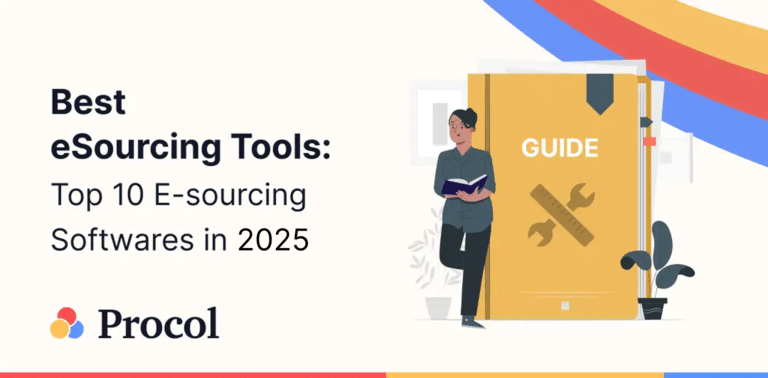
Best eSourcing Tools: Top 10 eSourcing Software in 2025
Discover top 10 e-sourcing tools and esourcing platforms necessary for efficient...
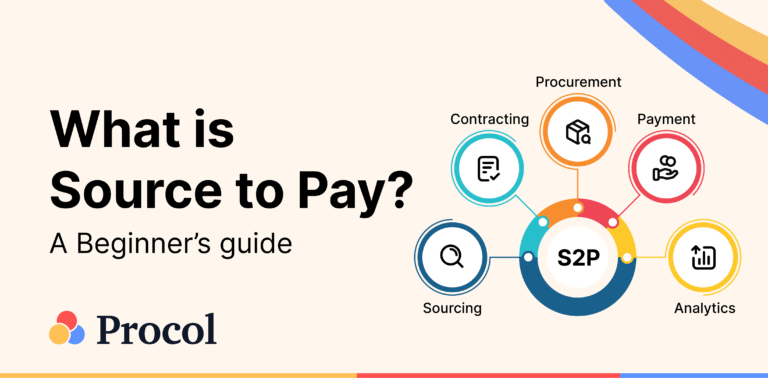
What is Source-to-pay in 2025? An Ultimate Guide
Source to pay is the process of sourcing vendors to procure...
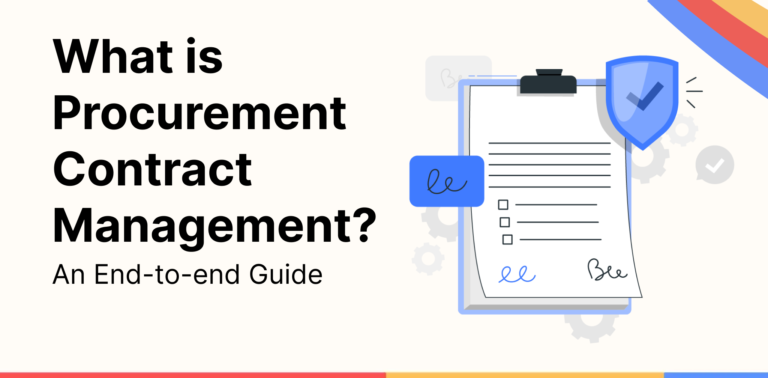
End-to-End Guide to What is Procurement Contract Management?
Wondering what is procurement contract management, then this end-to-end guide explains...


